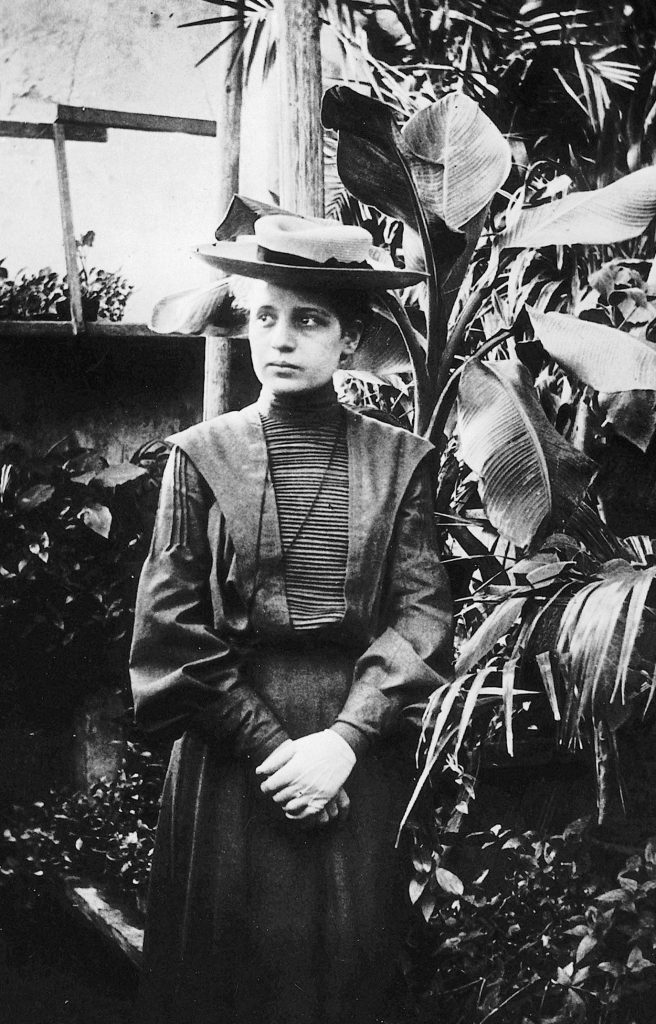Lise Meitner (1878-1968) was an Austrian physicist.
Meitner was part of the team that discovered and explained nuclear fission and foresaw its explosive potential. She refused to work on the Manhattan Project at Los Alamos, declaring, “I will have nothing to do with a bomb!” Her epitaph on her gravestone, written by her nephew Otto Frisch, reads, “Lise Meitner: a physicist who never lost her humanity.”
Scientific Contributions
In 1906 Meitner became the second woman to obtain a doctorate degree from the University of Vienna. After obtaining her degree she left for Berlin with support from her parents and attended Max Planck’s lectures. After one year, she became his assistant and worked with Otto Hahn discovering isotopes. In 1913 she got a permanent position at the Kaiser Wilhelm Institute. Like Marie and Irene Curie, she handled X-ray equipment during World War I, returning to Berlin in 1916.
In 1917 Meitner and Otto Hahn discovered the isotope of protactinium. Meitner was awarded the Leibniz Medal and her own physics section at the Kaiser Wilhelm Institute for Chemistry. She discovered the cause of the Auger effect in 1922. In 1926, she began her research on nuclear fission while being the first woman to teach as a full physics professor at the University of Berlin. The research at the time was theoretical, and many knew about the prospect and the honor of the Nobel Prize waiting for the winner who discovered it first.
This research was interrupted when Hitler came to power. She remained in Germany longer than most because of her Austrian citizenship, but eventually had to be snuck across the Dutch border in 1938, leaving behind all her possessions.
Her work continued upon her arrival in Stockholm, Sweden. She worked in Manne Siegbahn’s laboratory and developed a working relationship with Niels Bohr, while still corresponding with German scientists. Hahn isolated the evidence for nuclear fission, but Meitner and her nephew Otto Frisch were the first to articulate how the process occurred. Hahn would receive the Nobel Prize for this work, but never acknowledge Meitner’s contribution.
This discovery, and Meitner’s recognition of the explosive potential of the process, was what motivated Leo Szilard and Albert Einstein to contact President Roosevelt, leading to the establishment of the Manhattan Project.
Meitner continued working in Sweden after World War II. She traveled throughout the United States to lecture.
Element 109 was named meitnerium in her honor.





